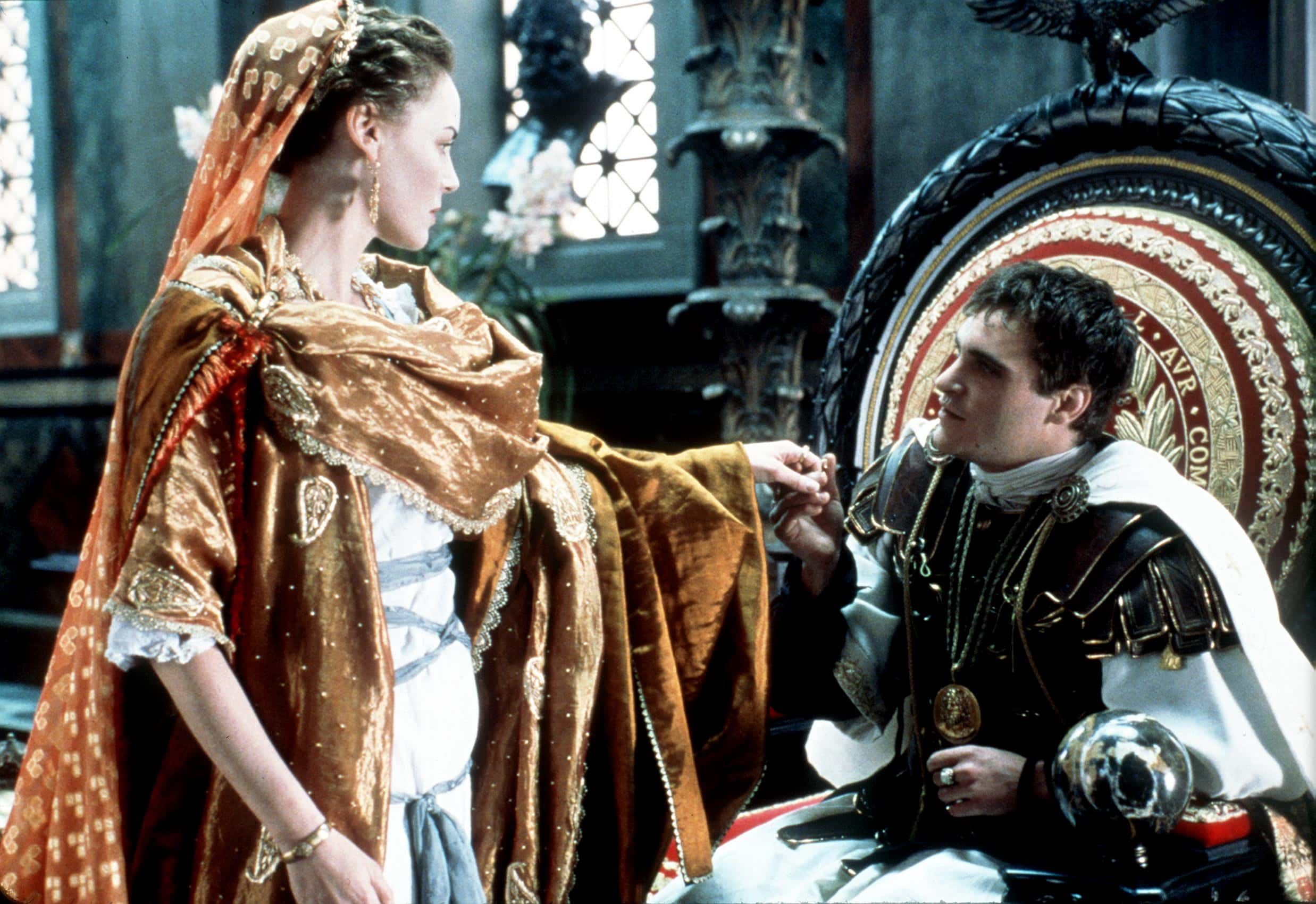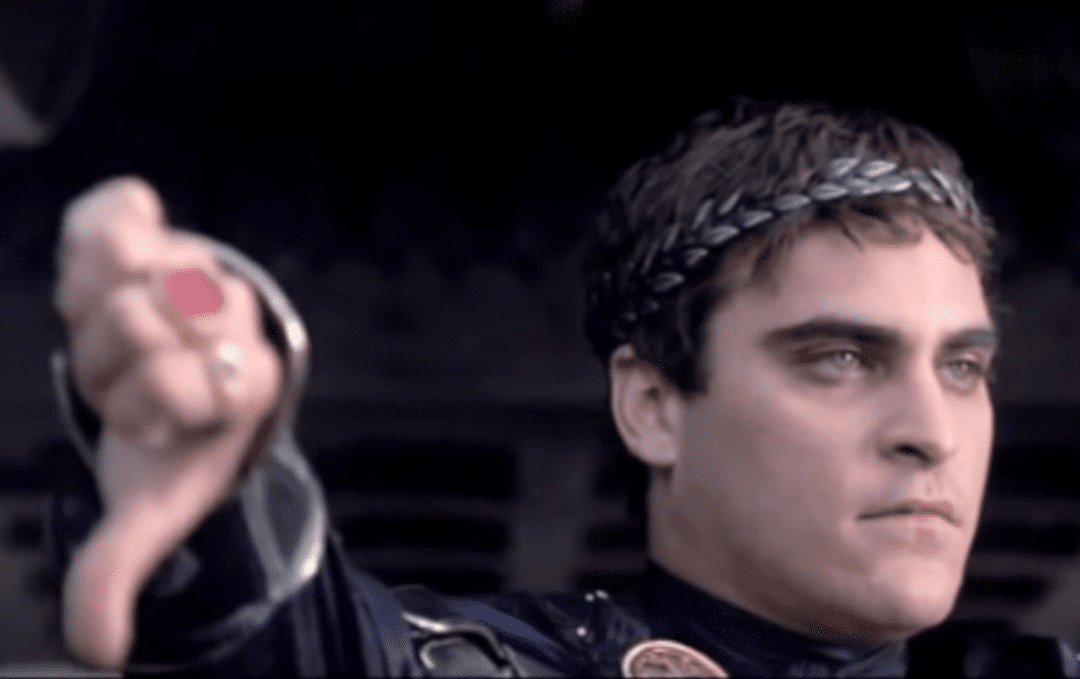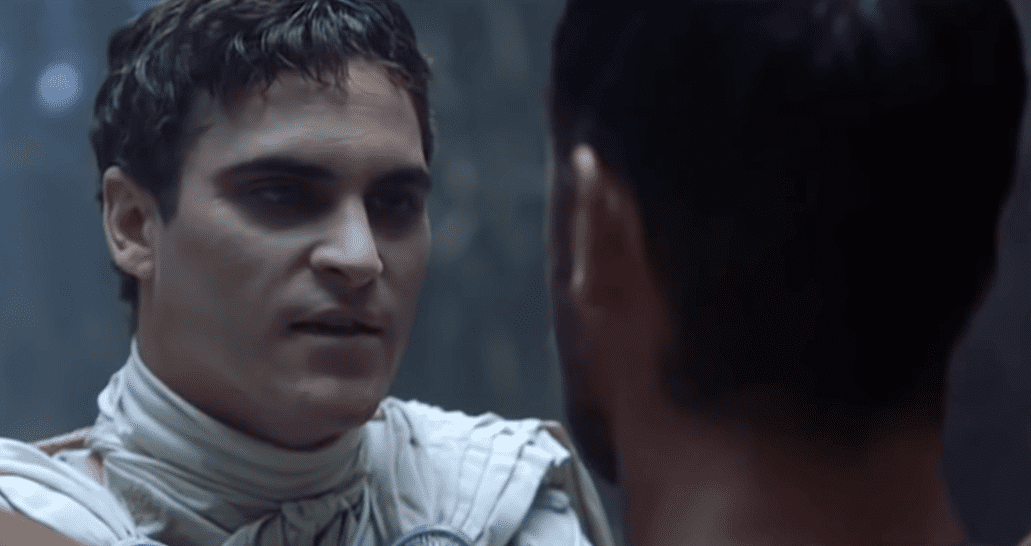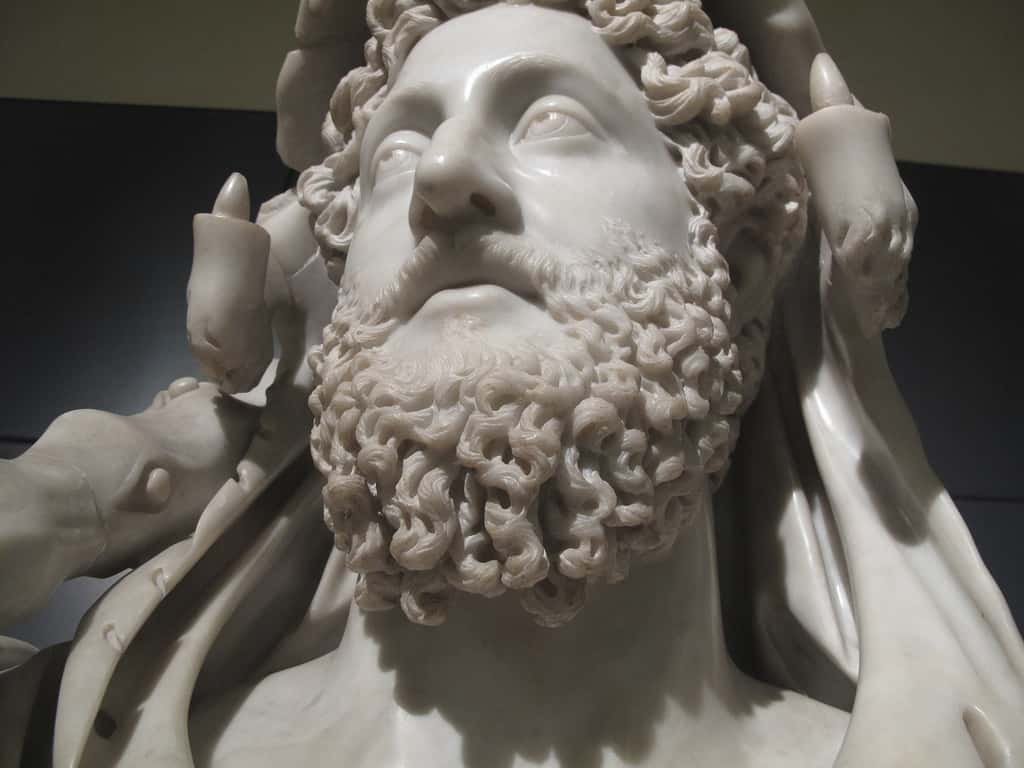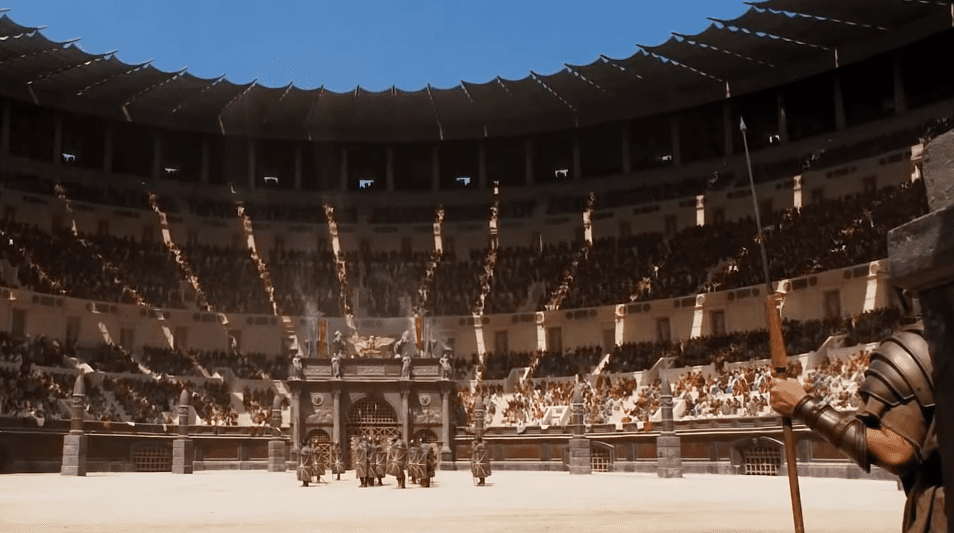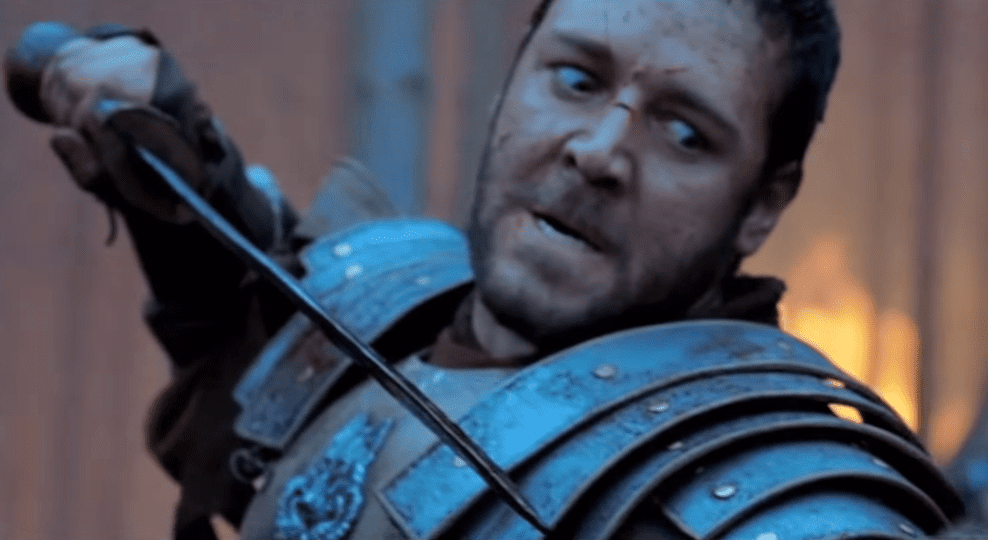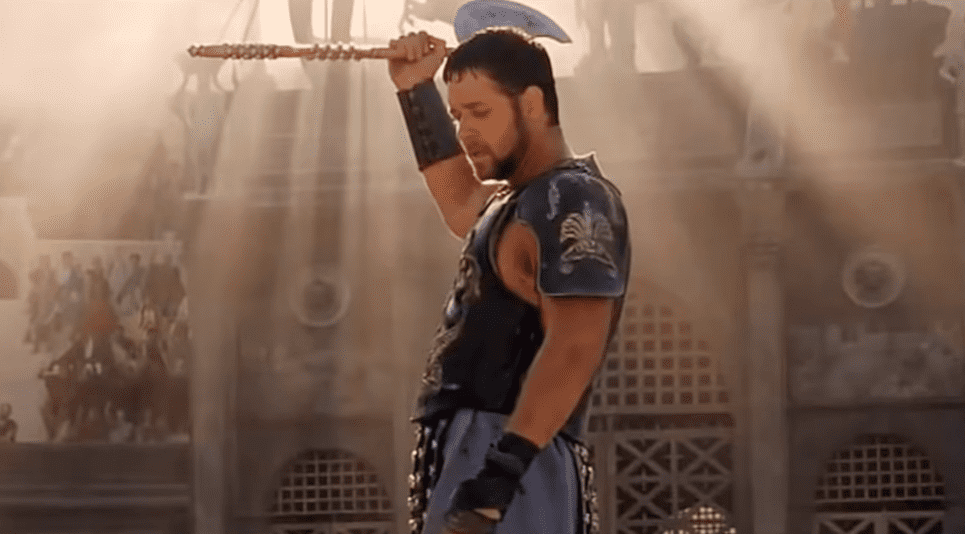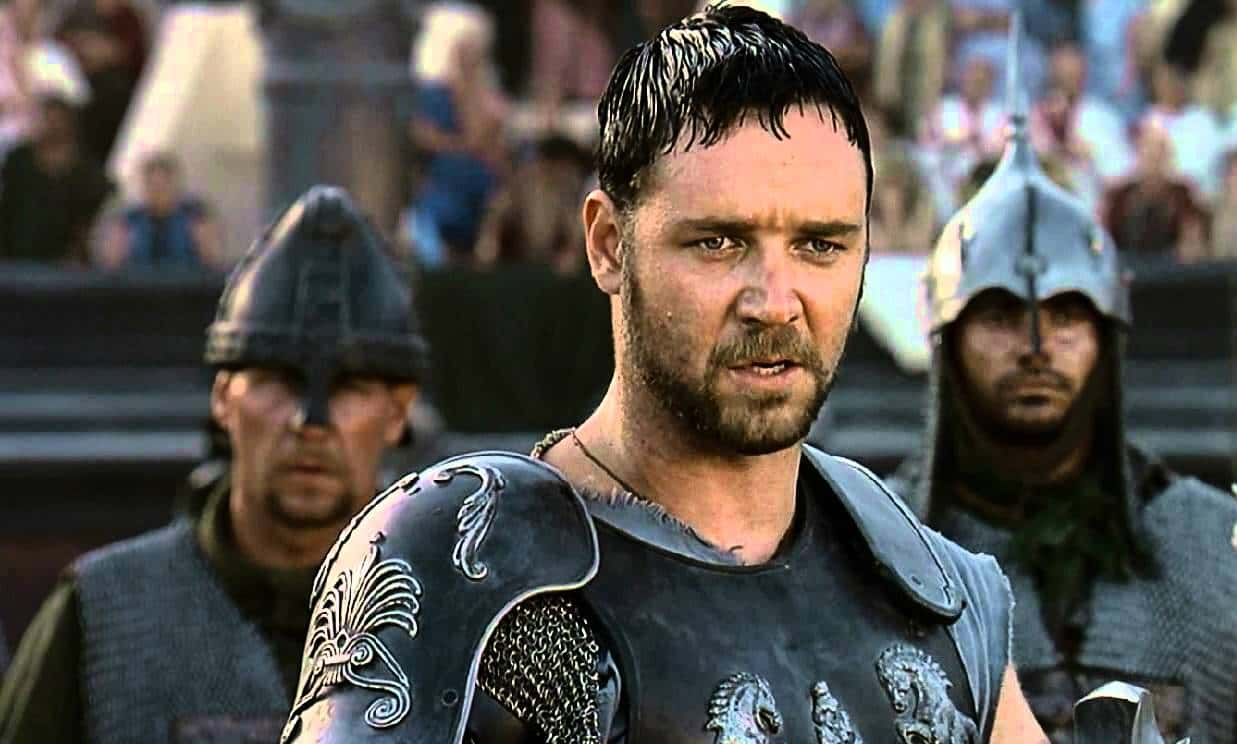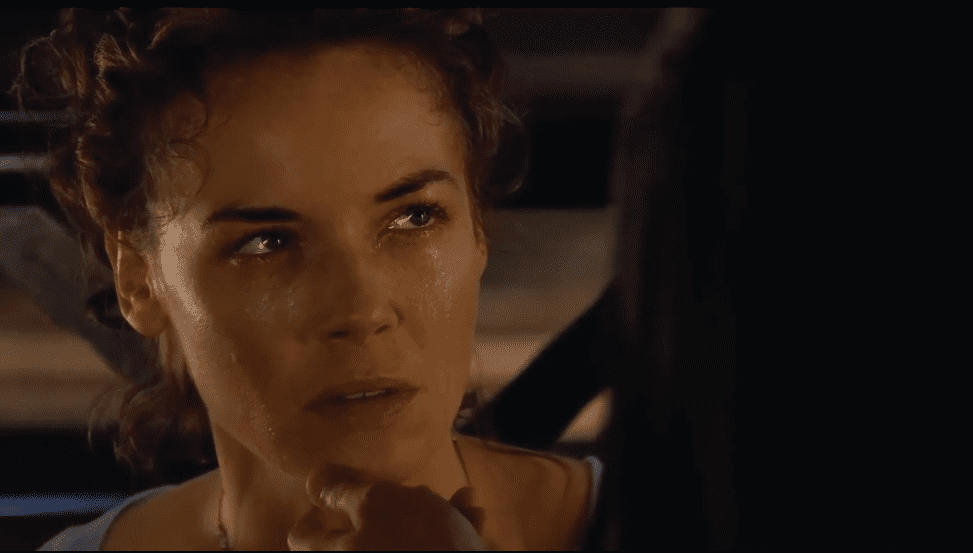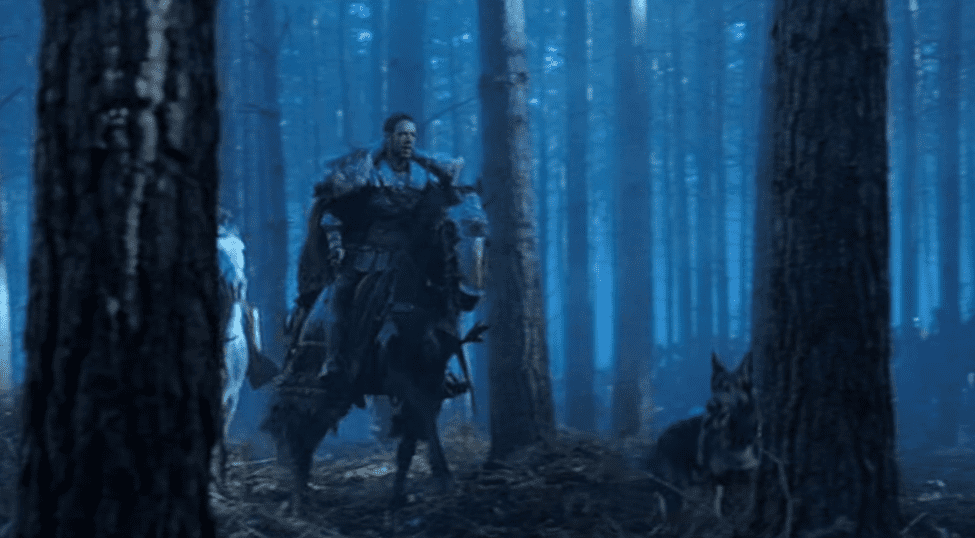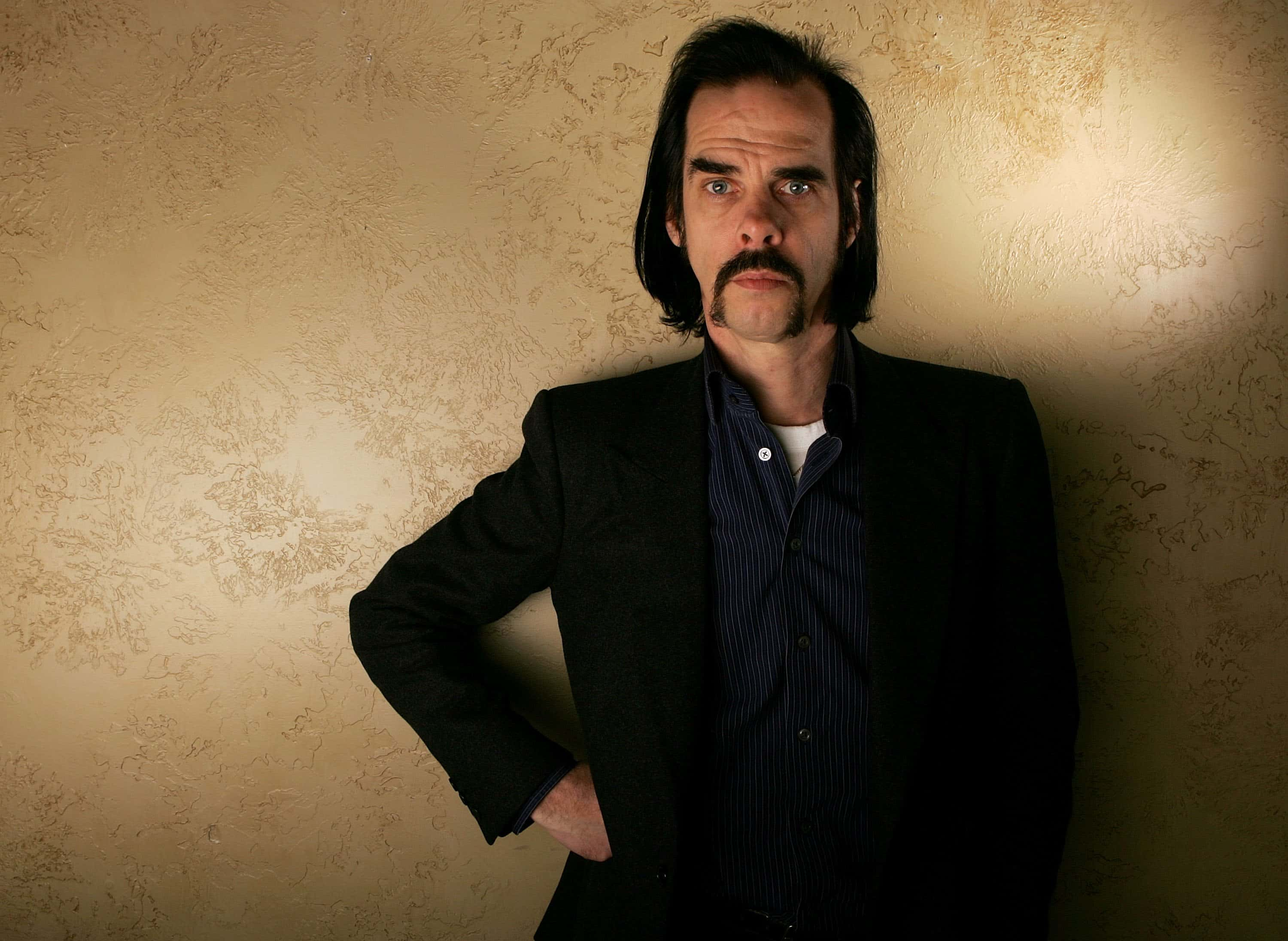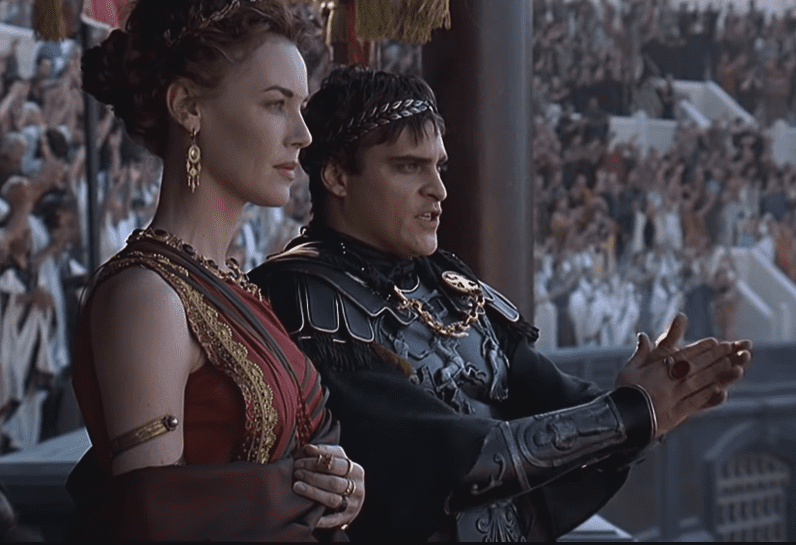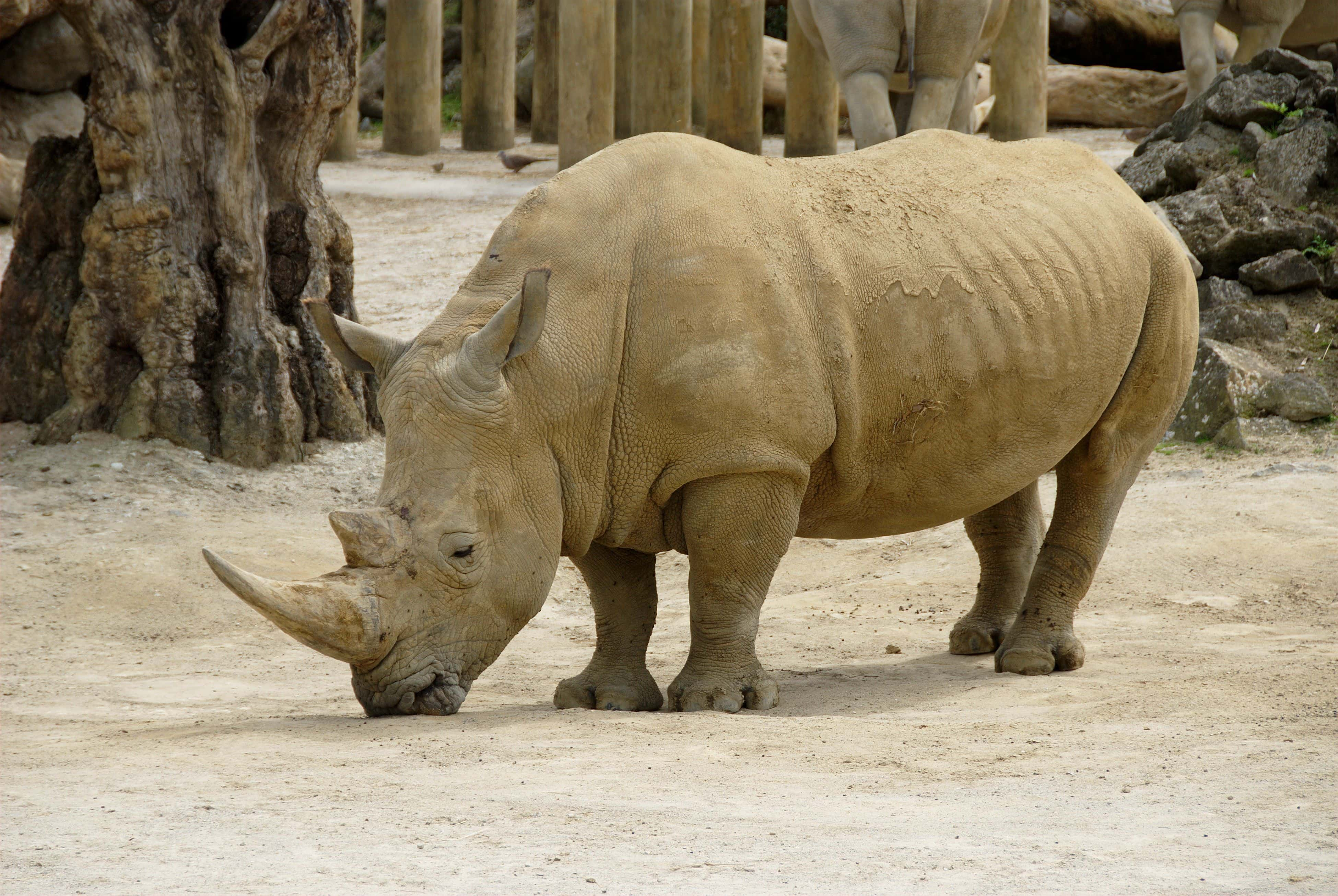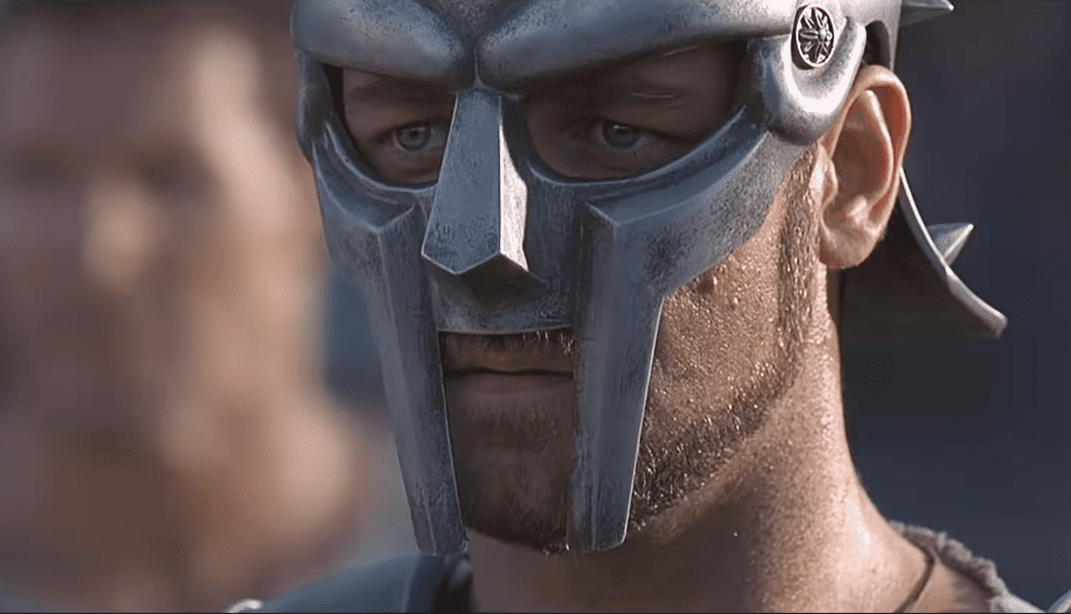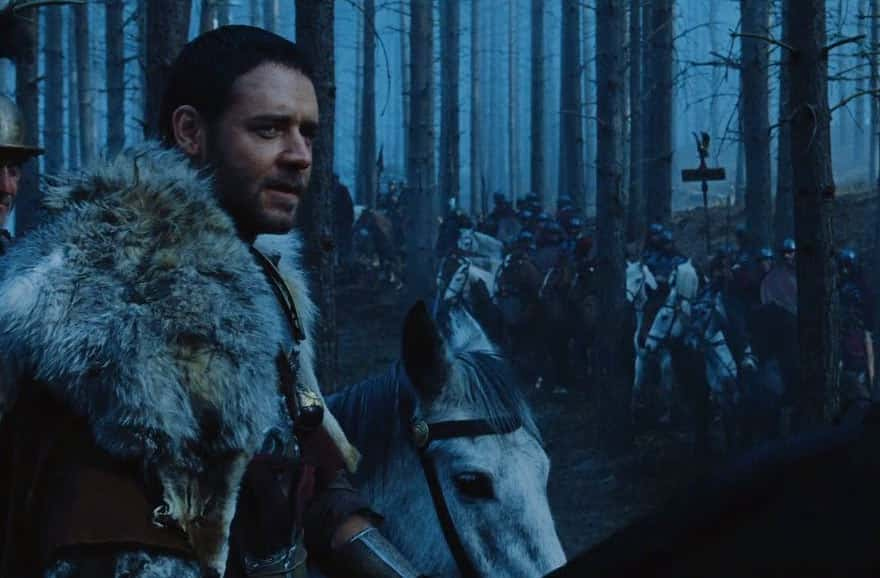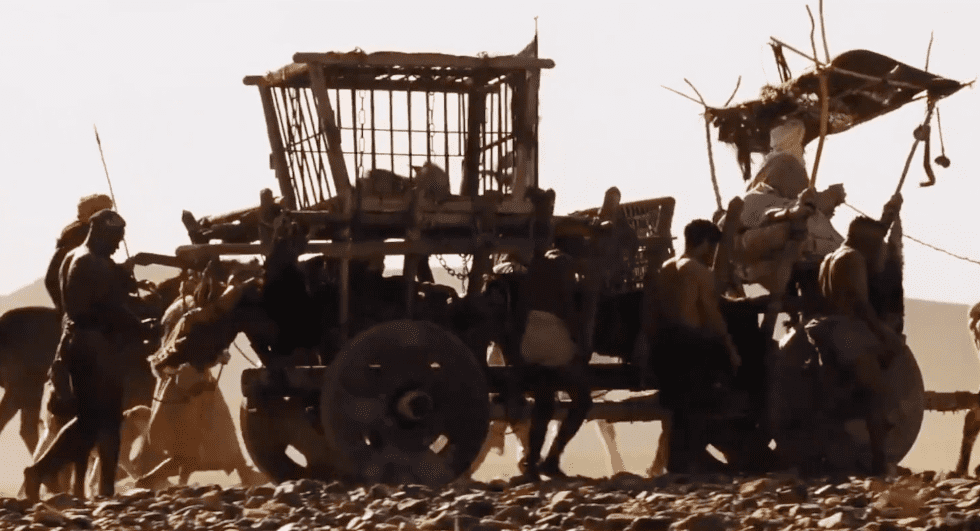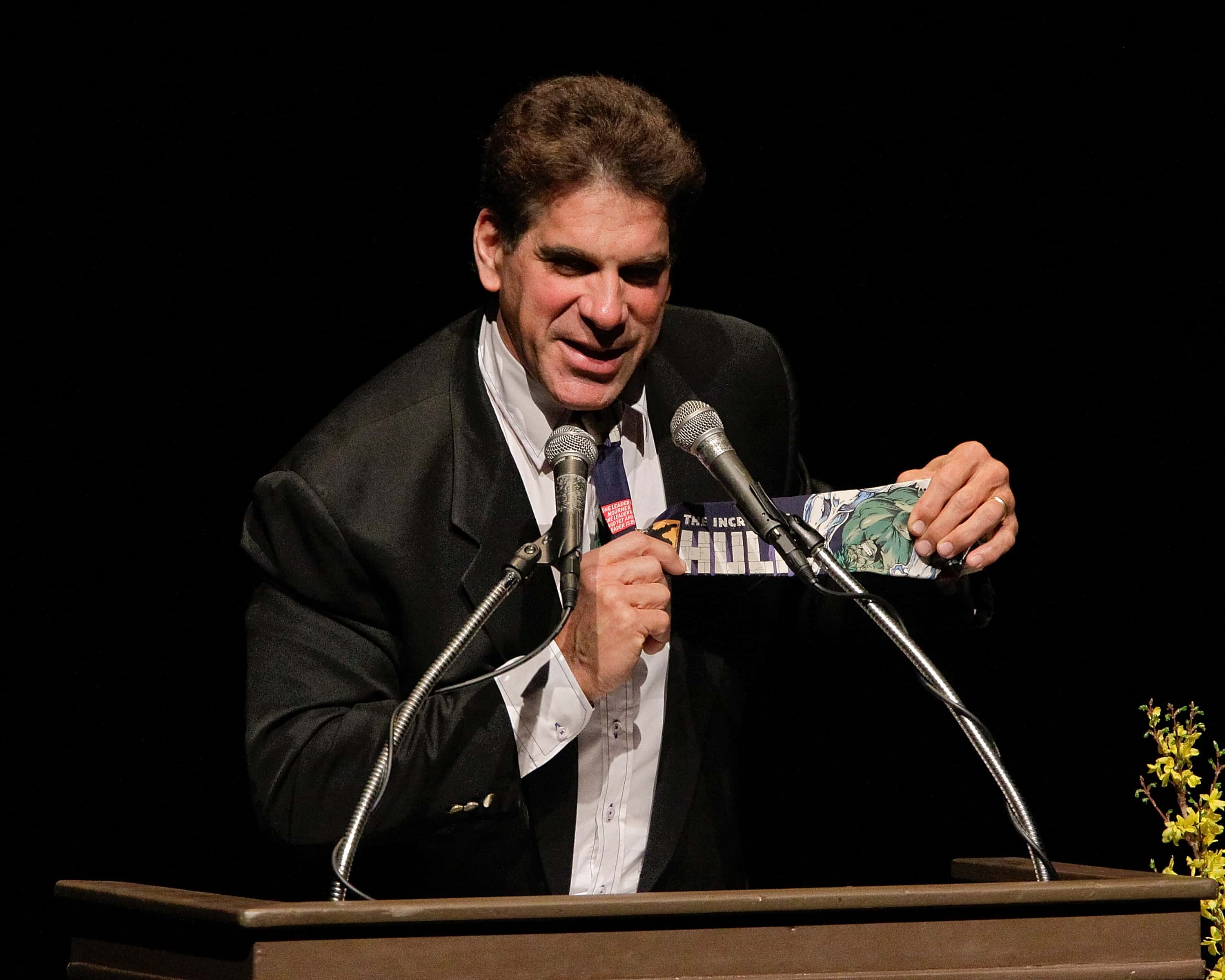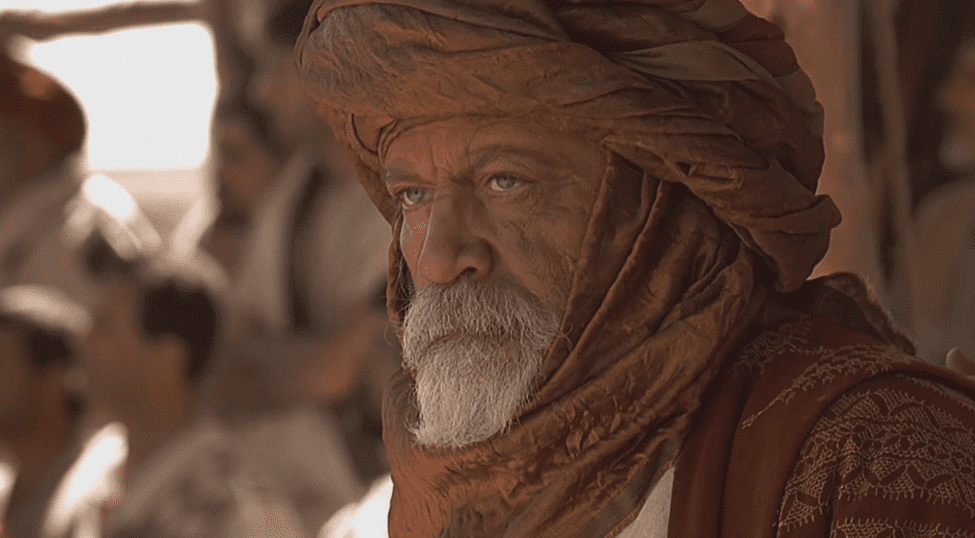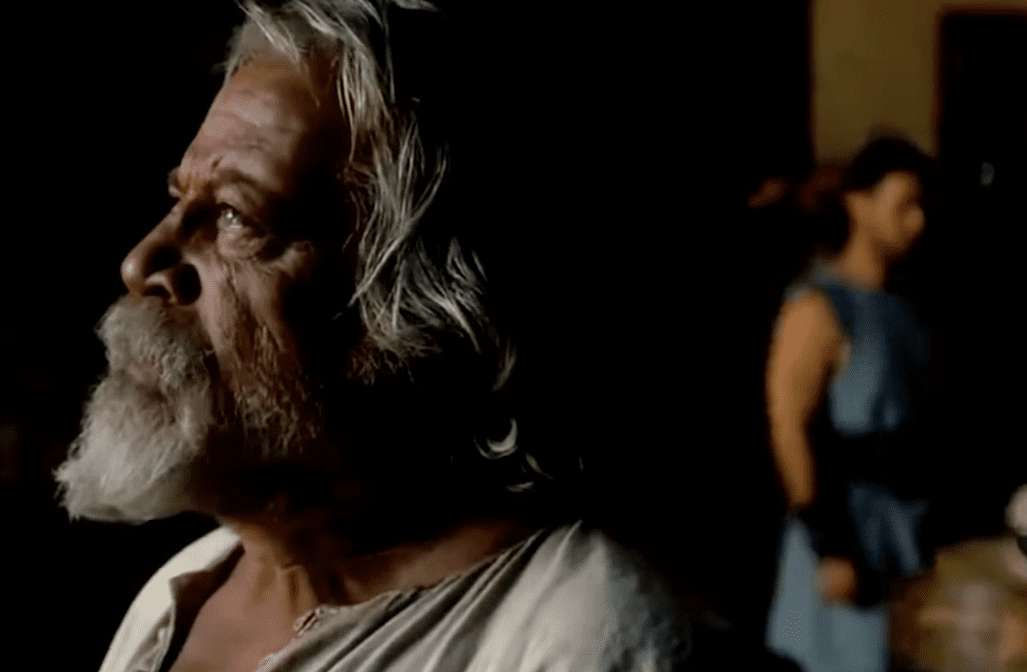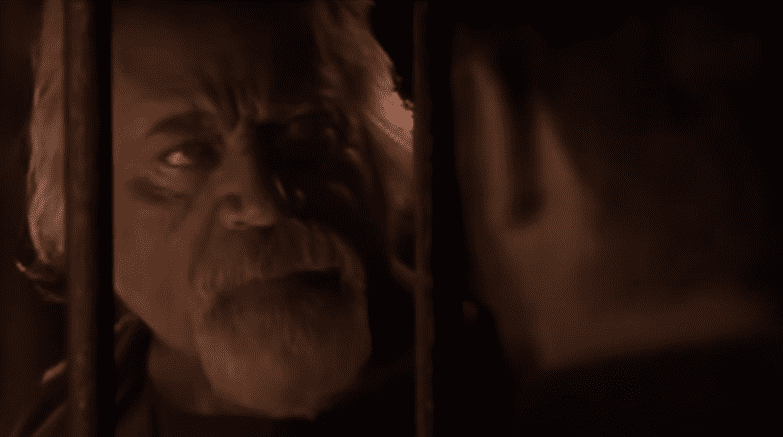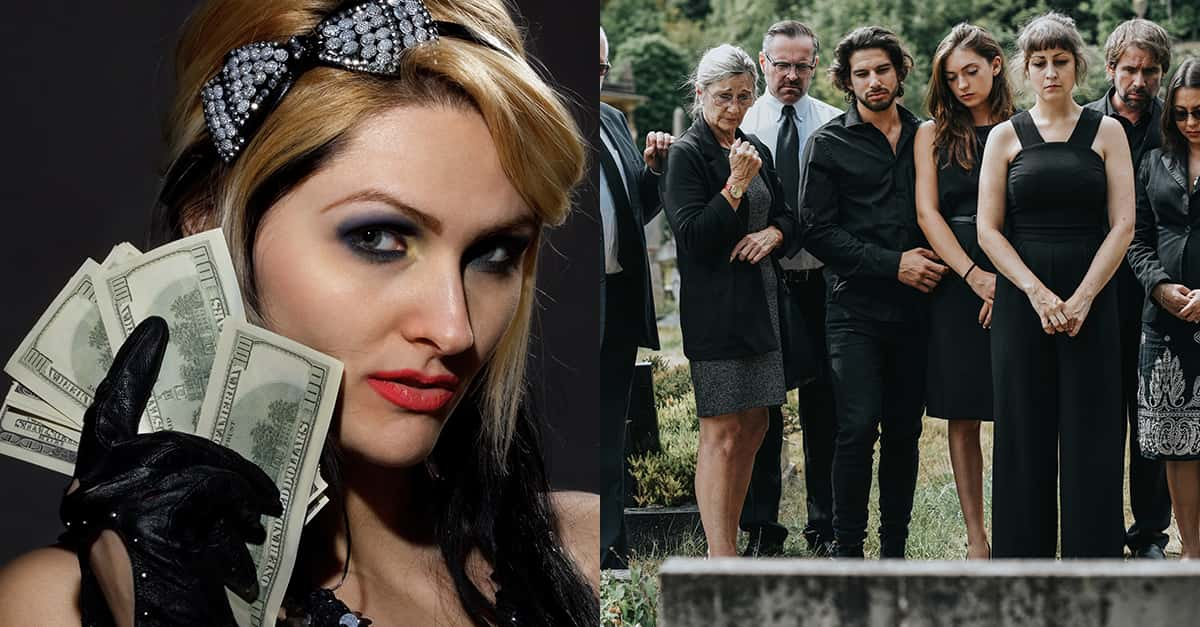25. Sibling Rivalry
Commodus and Lucilla were real people. In 182 AD, Commodus survived an assassination attempt by Lucilla. Those family dinners must have been intense.
24. Keeping it Real
In reality, emperor Marcus Aurelius died of the plague and Commodus ascended to the throne. He was loved by the army and the lower classes until his megalomaniacal behavior forced his advisors to hire a champion wrestler named Narcissus to strangle him to death.
23. Love Thyself
As a matter of fact, in the first draft of the script, dated April 4th, 1998, the protagonist was named Narcissus.
22. Gladiator Emperor
The real Commodus was known as the “Gladiator Emperor” because he would often make appearances in the arena to take down wild animals and other challengers. But he also cruelly brought cripples or amputees into the arena and clubbed them to death, turning the populace against him. Additionally, he charged Rome an exorbitant fee for these appearances, which devalued Roman currency and precipitated the fall of Rome. An egomaniacal ruler, who insists on making everything about himself, causing the decline of a republic? Sounds familiar.
21. Smokey the Bear Disapproves
The forest near Farnham, England that doubled as Germania during the battle between the Roman Legions and the German hordes had been scheduled for “deforestation” by the Royal Forestry Commission. To get the shots he needed, Scott helpfully arranged to burn it down for them.
20. They Just Got Lazy
As part of the production, they built a 52-foot high portion of the first tier of the Colosseum measuring about one-third the circumference of the original. The rest of the arena was a digital recreation.
19. Too Much Horseplay
The wounds on Russell Crowe’s face after the opening battle scene were real. He received them when his horse was startled and backed him into some tree branches.
18. Suffer for your Art
Crowe suffered multiple injuries on set including an aggravated Achilles tendon, a broken foot, a cracked hip bone, popped bicep tendons, and losing all feeling in his right forefinger for two years following a sword fight.
17. You Complete Me
Only 32 pages of the script had been completed when shooting began. To be fair, they were 32 awesome pages. Double spaced and everything.

Sign up to our newsletter.
History’s most fascinating stories and darkest secrets, delivered to your inbox daily. Making distraction rewarding since 2017.
16. Who Wrote this crap?
Crowe reportedly didn't love the now-famous line, “And I will have my vengeance, in this life or the next.” He tried to come up with something better on set, but in the end, decided to stick with it. Maximus' vengeance speech became a fan favorite and one of the most quoted scenes in the entire film.
15. Whose Line is it anyway?
Joaquin Phoenix improvised the line where he screamed, “Am I not merciful?!” which scared the bejeesus out of Connie Nielsen, who was not expecting it at all.
14. Dog Show
Maximus’ pet wolf is the same dog that played Wellard for seven years on “Eastenders.” This likely means very little to anyone outside of the UK. Or inside the UK, for that matter.
13. Maximus Decimus Meridius: Corporate Shill
Much like today’s celebrity athletes, Roman gladiators also did product endorsements. However, the producers purposely left that out thinking that audiences wouldn’t believe it, which is a shame because it would have been great to see a scene in which Maximus screams, “At my command, unleash Bud Light!”
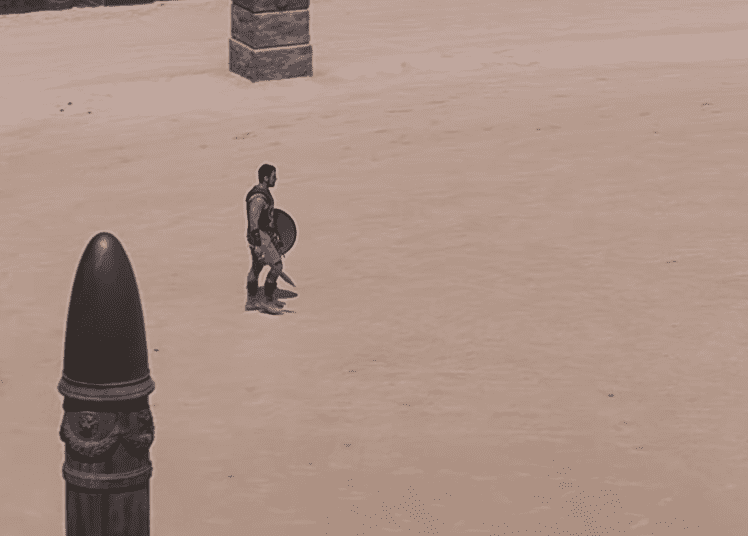 Gladiator, DreamWorks
Gladiator, DreamWorks
12. Well, that’s One Way to Go
Although best known as a musician, Nick Cave was commissioned by Crowe and Scott to write a sequel. His solution to Maximus’ death was to have Maximus reincarnated by Roman Gods, transported to World War II, then the Vietnam War, before finally becoming a modern-day General at the Pentagon. The studio rejected it, suggesting that Cave stick to making his music.
11. Worth the Weight
Two weeks into production, Joaquin Phoenix had an epiphany that it would make sense for Commodus to gain weight, growing physically larger as his belief in his own power as Emperor grew. He did not mention what caused the epiphany, but there’s a strong likelihood that Cheetos were involved.
10. Humane
Five tigers were brought in for the sequence where Maximus fights Tigris the Gaul. For safety, there was a vet on hand armed with a tranquilizer gun.
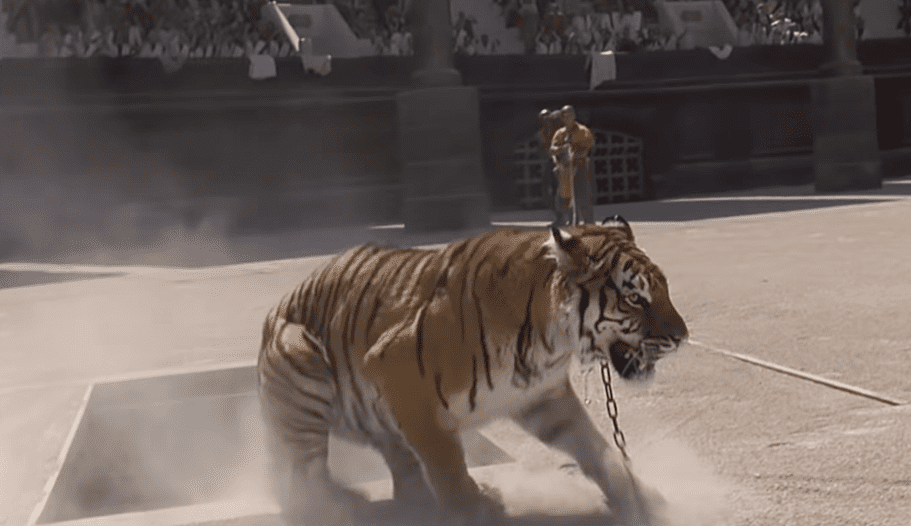 Gladiator, DreamWorks
Gladiator, DreamWorks
9. Nowhere to Hide
There was a sequence in the original script that called for a fight between Maximus and a rhino. The rhino, however, turned out to be too difficult to train and the CGI rhino wasn’t realistic enough, so they scrapped the idea.
8. What’s my Motivation?
Maximus’ family wasn’t originally planned to be killed off, but the subplot was added during the rewrite by John Logan in order to give Maximus’ character more reason to fight.
7. All That Death
The movie makes it seem like almost every gladiatorial match was a fight to the death. In Ancient Rome, that wasn’t the case: most gladiatorial fights didn’t end in a fatality, but that’s not to say it wasn’t a risky profession.
6. Suit Up!
All the film’s props, sets, and costumes were manufactured specifically for the film as the items they needed were either too costly or unavailable. One hundred suits of armor were made of steel, and another five hundred and fifty were made out of polyurethane.
5. Sand People
All the scenes involving slavery, desert travel, and gladiatorial combat training were shot in Ouarzazate, Morocco, which has also been used for scenes in Lawrence of Arabia, The Living Daylights, The Last Temptation of Christ, the Mummy, and Game of Thrones.
4. Hulk Disappointed!
Lou Ferrigno, the Incredible Hulk, was originally cast to play Tigris of Gaul, but he was replaced during production by Sven-Ole Thorsen.
3. Did He Get Air Miles?
Oliver Reed, who played Proximo, went on record to say that his main motivation for taking the part of Proximo was because he fancied a “free trip to London to see a couple of shows.”
2. BFFs
During filming, Reed and Crowe didn't get along, and at one point, Reed even challenged Crowe to a fight. Now that would have been entertaining.
1. Life after Death
Reed died of a heart attack before Gladiator had finished filming. Reed’s character arc was rewritten, and Scott used CGI to work around his death, digitally scanning his face onto an extra in order to finish the movie. The additional special effects cost US $3.2 million for two minutes of footage. Visual effects supervisor John Nelson said, “What we did was small compared to our other tasks on the film. What Oliver did was much greater. All we did was help him finish it.” The film is dedicated to the memory of Oliver Reed.
Share with your friends by clicking below!
Up Next: 46 Interesting Facts about Ancient Rome.

